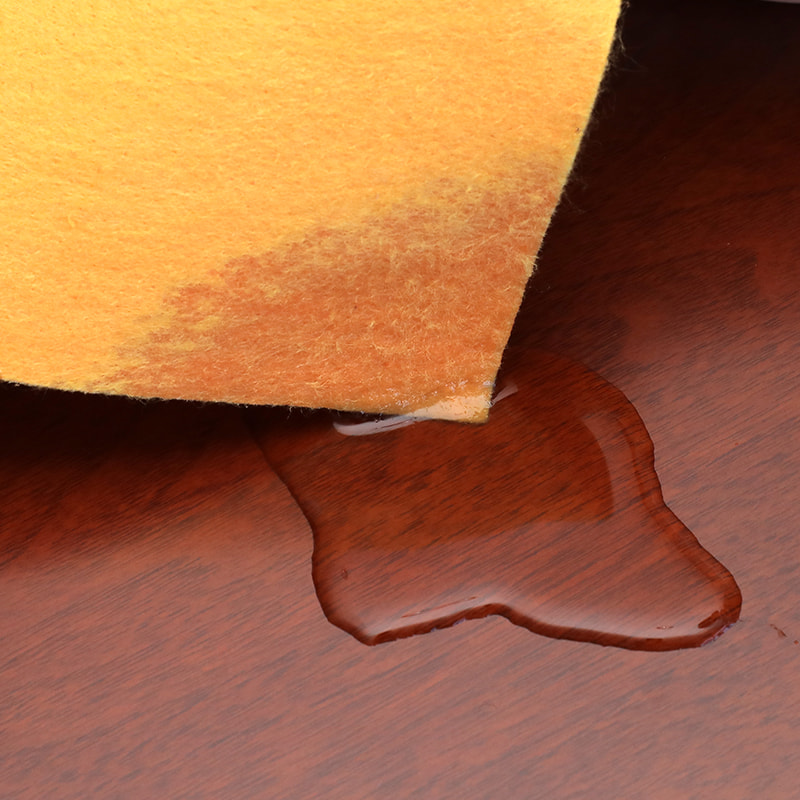1. Hand visual inspection method: This method is suitable for non-woven raw materials in the state of loose fibers.
(1) Cotton fibers are shorter and thinner than ramie fibers and other hemp fibers and wool fibers, and are often accompanied by various impurities and defects.
(2) The hemp fiber feels rough and hard.
(3) The wool fiber is curled and elastic.
(4) Silk is filament, long and slender, with special luster.
(5) Among chemical fibers, only viscose fibers have large differences in strength between dry and wet states.
(6) The spandex yarn has great elasticity, and its length can be stretched to more than five times at room temperature.
printed non woven fabric
printed non woven fabric

2. Microscopic observation method: non-woven fibers are identified according to the longitudinal and cross-sectional morphological characteristics of the fibers.
(1) Cotton fiber: cross-sectional shape: round waist, with mid-waist; longitudinal shape: flat ribbon, with natural twist.
(2) Hemp (ramie, flax, jute) fiber: cross-sectional shape: round or polygonal waist, with a central cavity; longitudinal shape: horizontal knots, vertical lines.
(3) Wool fiber: cross-sectional shape: round or nearly round, some with hairy pith; longitudinal shape: scales on the surface.
(4) Rabbit hair fiber: cross-sectional shape: dumbbell-shaped, with hair pith; longitudinal shape: scales on the surface.
(5) Mulberry silk fiber: cross-sectional shape: irregular triangle; longitudinal shape: smooth and straight, with longitudinal stripes.
(6) Ordinary viscose fiber: cross-sectional shape: zigzag, skin-core structure; longitudinal shape: longitudinal grooves.
(7) Strong fiber: cross-sectional shape: less toothed, or round, oval; longitudinal shape: smooth surface.
(8) Acetate fiber: cross-sectional shape: trilobal or irregular zigzag; longitudinal shape: longitudinal stripes on the surface.
(9) Acrylic fiber: cross-sectional shape: round, dumbbell-shaped or leaf-shaped; longitudinal shape: smooth or striped surface.
(10)Chlorine fiber: cross-sectional shape: close to circular; longitudinal shape: smooth surface.
(11)Spandex fiber: cross-sectional shape: irregular shape, round, potato-shaped; longitudinal shape: dark and deep surface, with unclear bone-shaped stripes.
(12)Polyester, nylon, polypropylene fibers: cross-sectional shape: round or special-shaped; longitudinal shape: smooth.
(13)Cinylon fiber: cross-sectional shape: waist round, skin-core structure; longitudinal shape: 1~2 grooves.

 English
English Español
Español Deutsch
Deutsch عربى
عربى














